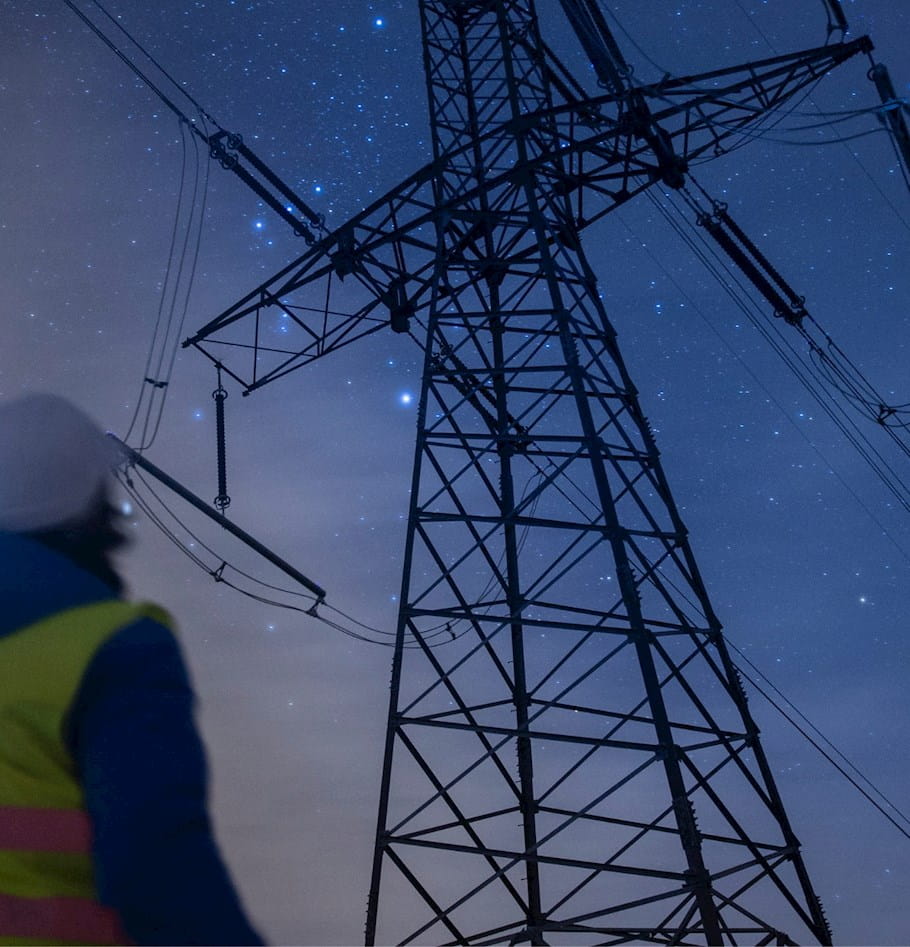What the future of electric vehicles looks like after a transformative year
2022 was a monumental year for electric vehicles—and the year ahead promises to continue the push toward a clean energy future
California took the bold step in late August to set new aggressive vehicle emissions standards that effectively ban the sale of new gasoline-powered vehicles beginning in 2035. The regulation only targets cars, pick-up trucks, and SUVs and doesn’t include the sale of used vehicles.
It was a major move designed to help the state achieve its clean energy goal of being net-zero carbon by 2045. The ripple effect of the mandate will have transformative impacts on the automotive industry and increase pressure to ensure the availability of adequate public charging infrastructure. As of this writing, 17 states and the District of Columbia are expected to follow with similar legislation.
Immediately following California’s announcement, Washington’s governor stated his expectation to follow California’s regulation. In October, New York announced its intentions to move forward with the same regulation, and Massachusetts is also expected to adopt the same standards; these four states made up one-fifth of new light-duty car sales in the U.S. In addition, fleet vehicles may see the same fate as indicated by recently public hearings in California on the proposed rule to ban new commercial gas and diesel trucks by 2040.
Electric utilities across the country are observing a tipping point with respect to the adoption of electric vehicles by their consumer and commercial customers. The rollout of the Infrastructure Investment and Jobs Act (IIJA) and the Inflation Reduction Act (IRA), coupled with regulations on vehicle emissions such as the trend led by California, may provide a sizeable boost to the transition away from fossil fuels in the transportation sector.
As a result, guidance from local utilities on deployment of charging infrastructure, costs, and applicable incentives or grants are being sought by consumers, commercial businesses, policymakers, and government agencies.
Will charging infrastructure needs shift?
With the significant injection of federal dollars to reduce initial cost barriers, utilities should revisit their estimates of expected EV load growth in their territory. Re-evaluating load forecasts—and which circuits may see highest concentrations of EV load—coupled with updating assumptions on related grid investments will help utilities thoughtfully prepare for this accelerated transition.
As electric utilities scale efforts to adapt grid infrastructure to meet growing EV charging demand, a key area of focus is monitoring for localized capacity constraints such as electrified transit depots, areas with high concentrations of commercial and residential EV load, and industrial parks with concentrations of large logistics fleets.
Local governments are also collaborating with regional electric utilities to address the disproportionate emission impacts from vehicle tailpipes in communities along high traffic corridors. They’re looking to transportation electrification as a way to reduce air pollution in those communities and ensure access to EV charging is equitable and available to everyone.
Addressing capacity constraints with additional infrastructure spend
As the scale of EV charging load increases, electric utilities will be faced with decisions on the necessary and justifiable capital spend for grid upgrades to accommodate the additional load. To address increased demand from EVs during peak load periods, utilities are developing strategies that incentivize their customers to charge off-peak.
With advancements in EV Charging Network Software solutions and EVs that allow their charging to be managed by this technology, there are a variety of ways to nudge customers toward charging during optimal periods of low demand on the grid. New options to optimize EV charging load for commercial customers converting fleets to electric include EV charging solutions integrated with battery storage systems and solar. When collaborating with their electric utility, EV customers can work together to mitigate resiliency risks; for example creating virtual power plants that leverage networks of EV chargers with battery support as a distributed grid asset.
Utility customers can actively partner with their utilities to reduce the need for added infrastructure spend—which puts a downward pressure on rate increases—to create a win-win-win for the utility, customer, and policymakers.
Role of education and partnerships
The breadth of grants and incentives available through IIJA and IRA create opportunities for residential, commercial, and public agencies to accelerate the electrification transition. Although the rules and requirements can be challenging to follow, the quantity of public sector funding is significant.

Understanding how these federal programs relate to utility-administered EV charger rebates will need to be factored into a customer’s decision-making process. Utilities are in a great position to enhance their existing customers’ understanding of the savings potential of converting to electric, for example with education tolls and available digital solutions.
As policymakers across the country drive more legislation in favor of electrified transport, and as funding from significant grant programs eases the financial cost to do so, electric utilities will see ever-increasing EVs and EV loads across their territory. The opportunity to accommodate the new EV load and maintain a resilient and reliable grid is one of the key challenges that lay ahead.
Conclusion
2022 proved to be a monumental year for electric vehicles. Utility’s role in transportation electrification will only grow as we drive toward a clean energy future. It’s crucial for utilities to continue strategically planning with the customer in mind, share learnings on alternative approaches for infrastructure deployment where appropriate, and enhance educational tools and outreach strategies to support customers as they look to assess potential for long term net savings when converting to EV.



